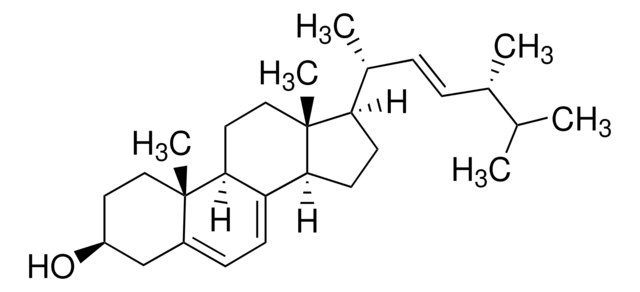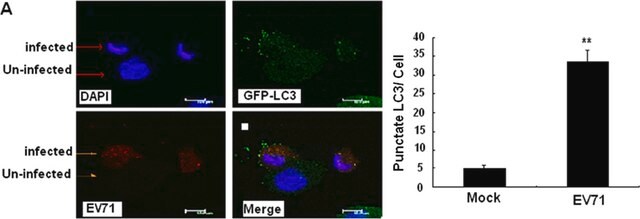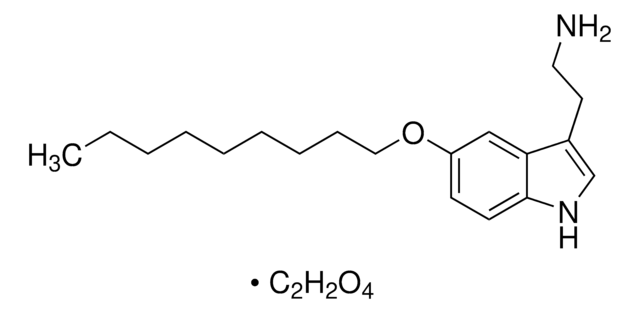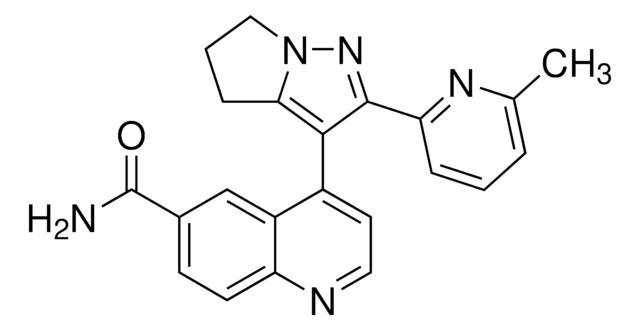A0856
Anti-ATG5 (N-terminal) antibody produced in rabbit
affinity isolated antibody, PBS solution
Sinónimos:
Anti-APG5, Anti-APG5L, Anti-ASP, Anti-ATG5 autophagy related 5 homolog (S. cerevisiae), Anti-Apoptosis-specific protein, Anti-Autophagy protein 5-like
About This Item
WB
western blot: 0.5-1 μg/mL using whole extracts of human K562, rat NRK, and mouse 3T3 cells
Productos recomendados
biological source
rabbit
Quality Level
conjugate
unconjugated
antibody form
affinity isolated antibody
antibody product type
primary antibodies
clone
polyclonal
form
PBS solution
mol wt
antigen ~56 kDa (Atg5-Atg12 complex)
species reactivity
mouse, human, rat
packaging
antibody small pack of 25 μL
technique(s)
immunofluorescence: suitable
western blot: 0.5-1 μg/mL using whole extracts of human K562, rat NRK, and mouse 3T3 cells
UniProt accession no.
shipped in
dry ice
storage temp.
−20°C
target post-translational modification
unmodified
Gene Information
human ... ATG5(9474)
mouse ... Atg5(11793)
rat ... Atg5(365601)
Specificity
Immunogen
Application
- in immunoblotting
- in immunofluorescence
- in western blotting
Western Blotting (1 paper)
Biochem/physiol Actions
Physical form
Disclaimer
¿No encuentra el producto adecuado?
Pruebe nuestro Herramienta de selección de productos.
Optional
Related product
Storage Class
10 - Combustible liquids
wgk_germany
WGK 3
flash_point_f
Not applicable
flash_point_c
Not applicable
ppe
Eyeshields, Gloves, multi-purpose combination respirator cartridge (US)
Elija entre una de las versiones más recientes:
¿Ya tiene este producto?
Encuentre la documentación para los productos que ha comprado recientemente en la Biblioteca de documentos.
Nuestro equipo de científicos tiene experiencia en todas las áreas de investigación: Ciencias de la vida, Ciencia de los materiales, Síntesis química, Cromatografía, Analítica y muchas otras.
Póngase en contacto con el Servicio técnico




